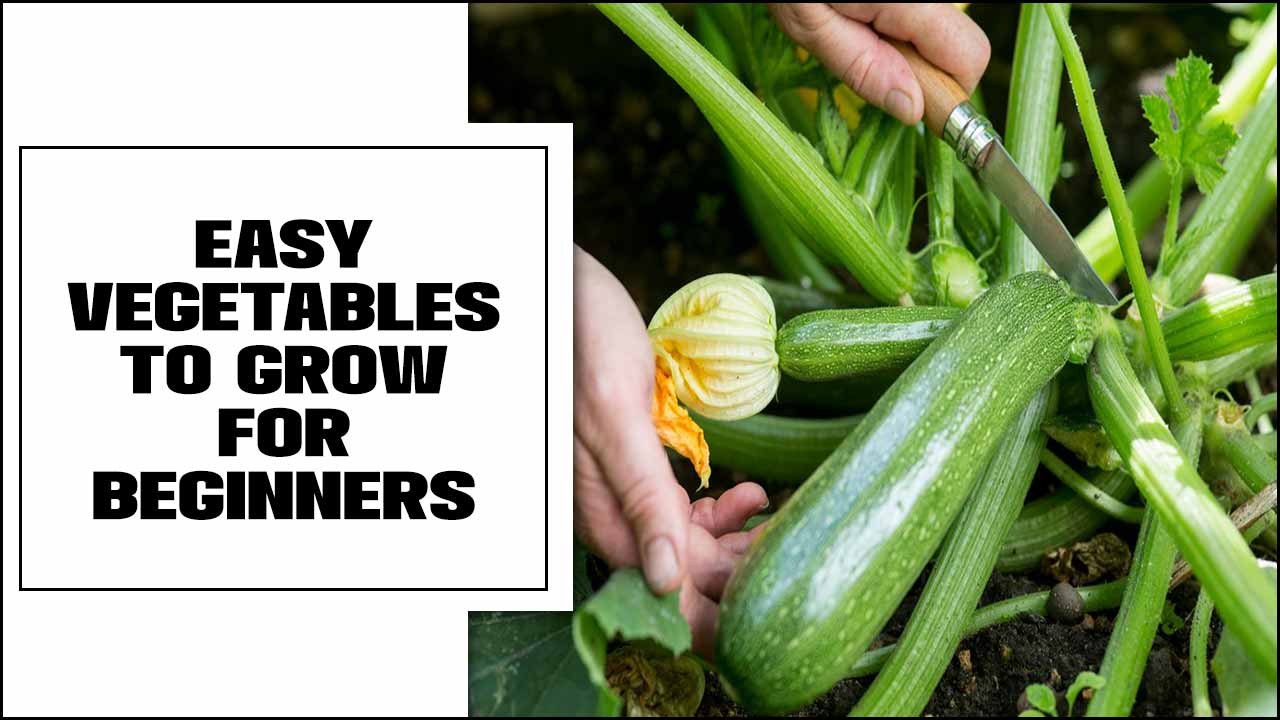As the leaves begin to change and the air grows crisp, gardeners may be wondering what vegetables to plant for a bountiful fall harvest. While spring and summer are typically the peak seasons for gardening, there are plenty of hardy vegetables that thrive in the cooler temperatures of autumn.
Fall gardening not only allows for an extended growing season, but it also offers a chance to fill your plate with fresh, home-grown produce well into the cooler months.
However, it can be challenging to determine which vegetables will grow well during this time of year. Factors such as temperature, soil conditions, and length of daylight all play a role in determining what will thrive in your garden. We will explore some of the best fall vegetables for garden planting and provide tips on how to ensure a successful harvest.
By following these recommendations and incorporating them into your gardening plans. You can enjoy a diverse and plentiful selection of vegetables throughout the fall season.
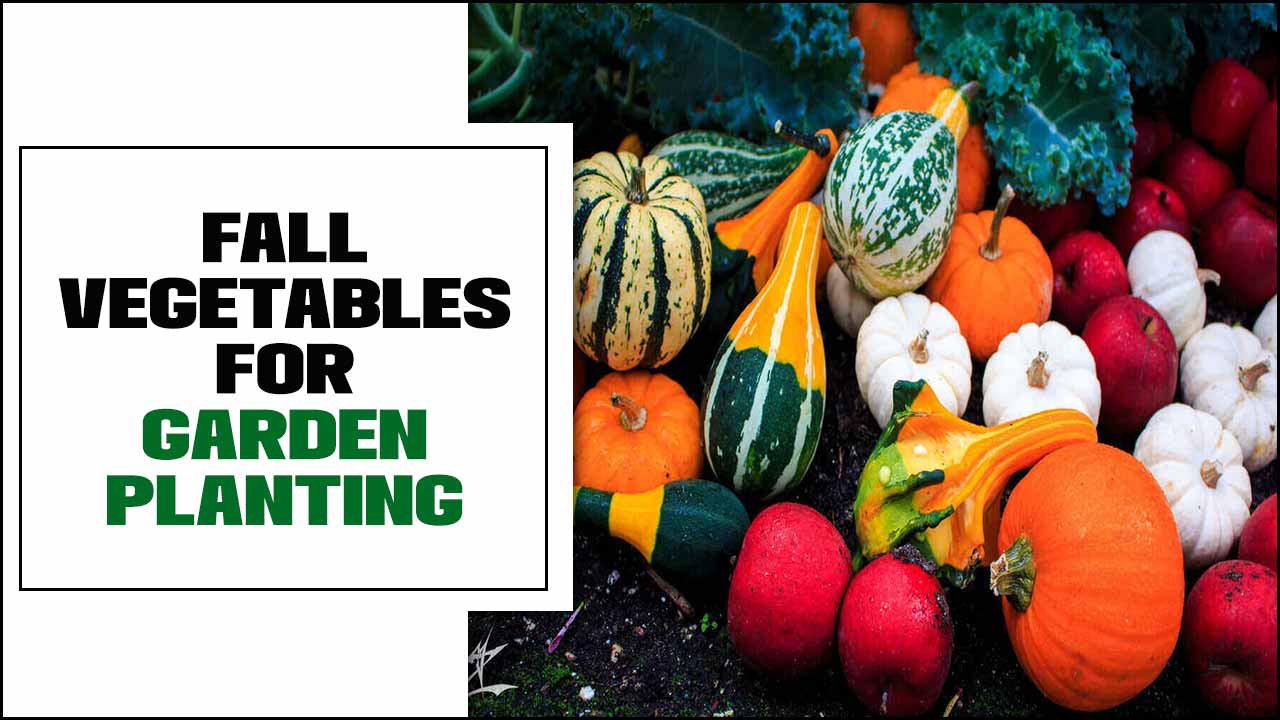
When To Plant A Fall Garden?

Knowing when to plant a fall garden is essential for a successful harvest. Fall vegetables thrive in cooler temperatures and shorter daylight hours, making them ideal for planting during late summer or early fall. The exact timing will depend on your specific location and the specific vegetables you plan to grow.
As a general rule of thumb, you should aim to plant your fall garden about 6-8 weeks before the first expected frost date in your area. This will give your plants enough time to mature before colder temperatures set in. To determine the best planting time for your fall garden, consult a local gardening guide. Or reach out to your county’s agricultural extension office for expert advice tailored to your region.
Essential Fall Vegetables To Grow
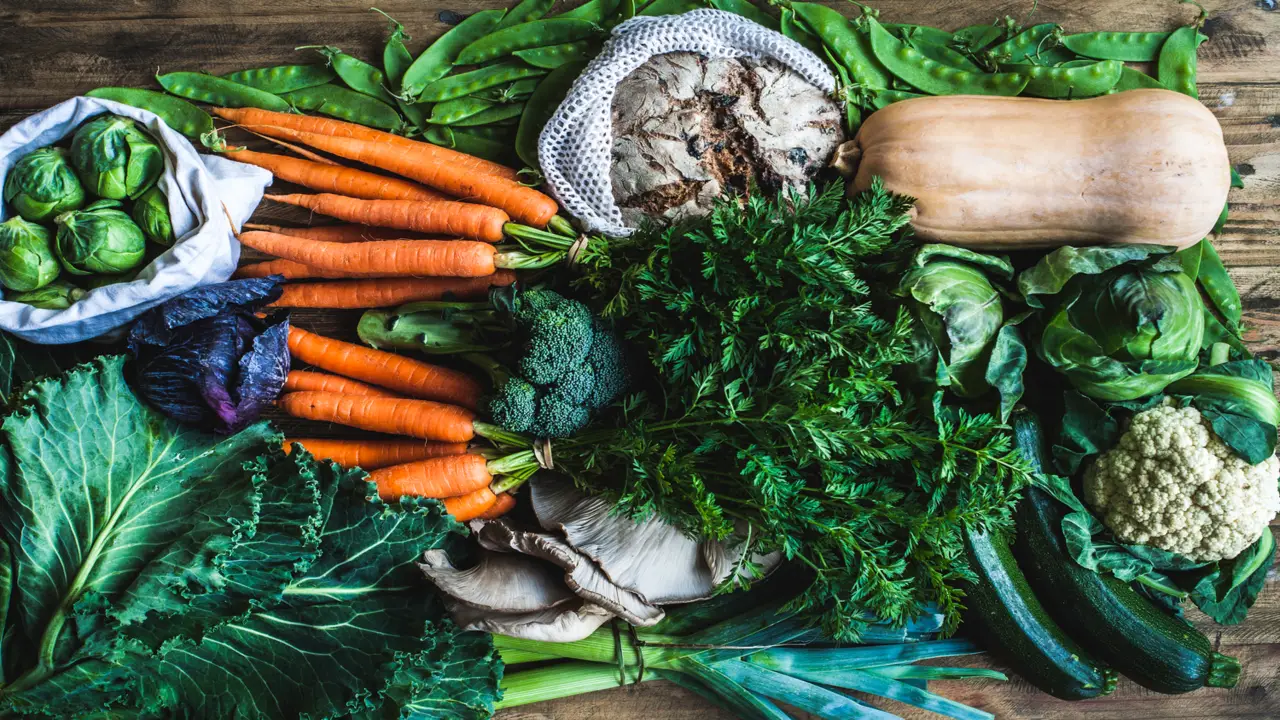
When it comes to fall vegetable gardening, there are a few essential vegetables that you should consider growing. These vegetables not only thrive in cooler temperatures but also offer a variety of flavors and nutrients for your autumn meals. Here are some essential fall vegetables to grow:
- Brussels Sprouts: These small, cabbage-like vegetables are packed with vitamins and minerals. And their unique flavor makes them a delicious addition to any dish.
- Carrots: Fall is the perfect time to plant carrots as they prefer cooler temperatures. They are rich in antioxidants and can be enjoyed raw or cooked.
- Kale: This leafy green is known for its nutritional value, including high levels of vitamins A, C, and K. It’s also a versatile vegetable that can be used in salads, soups, or even as a substitute for tortilla wraps.
- Radishes: Radishes are quick-growing vegetables that add a pop of color and crunch to any meal. They are low in calories and high in fibre, making them a healthy choice for snacking.
- Spinach: Spinach is another nutrient-dense vegetable that thrives in cooler weather. It’s an excellent source of iron, calcium, and vitamins A and C.
By planting these essential fall vegetables in your garden, you can enjoy fresh. Homegrown produce throughout the season while adding variety and nutrition to your meals.
10 Fall Vegetables For Garden Planting Grow
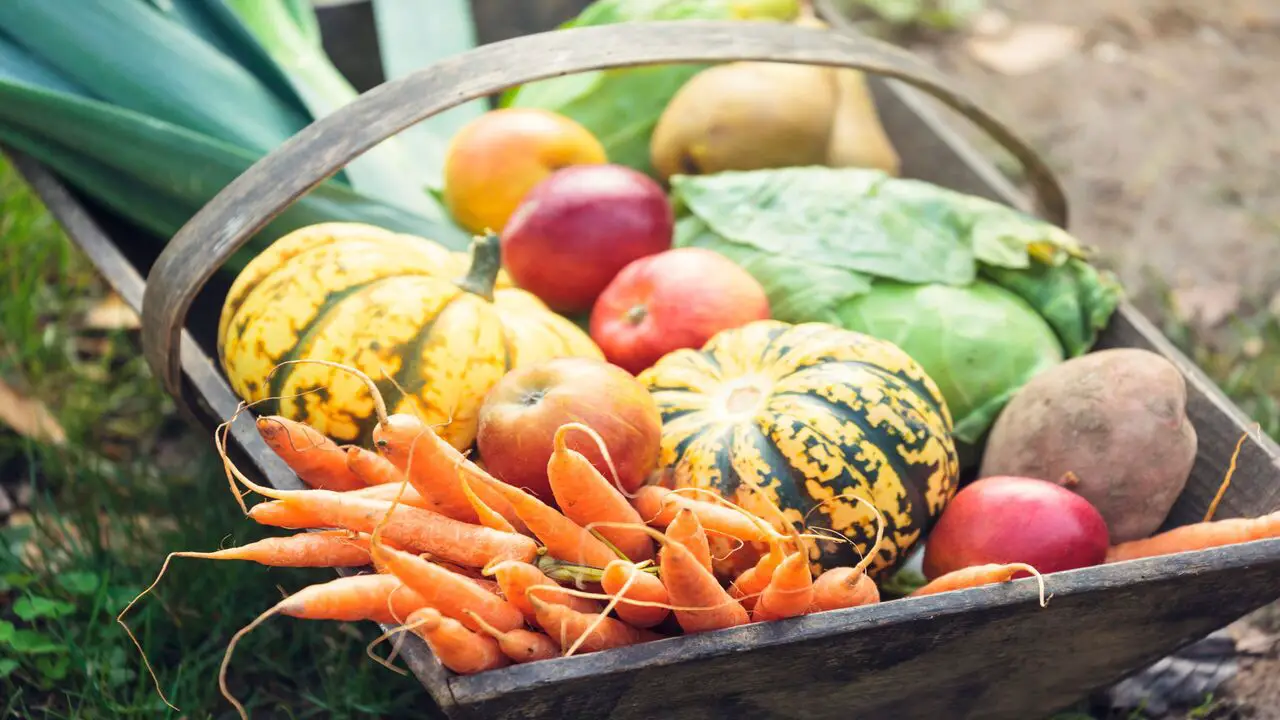
Fall is a great time to plant vegetables in your garden. The cooler temperatures and shorter days create ideal growing conditions for many crops. By planting these fall vegetables in your garden, you can enjoy a bountiful harvest of fresh and nutritious produce well into the autumn months. Here are 10 fall vegetables for garden planting:
1.Beets (Beta Vulgaris)
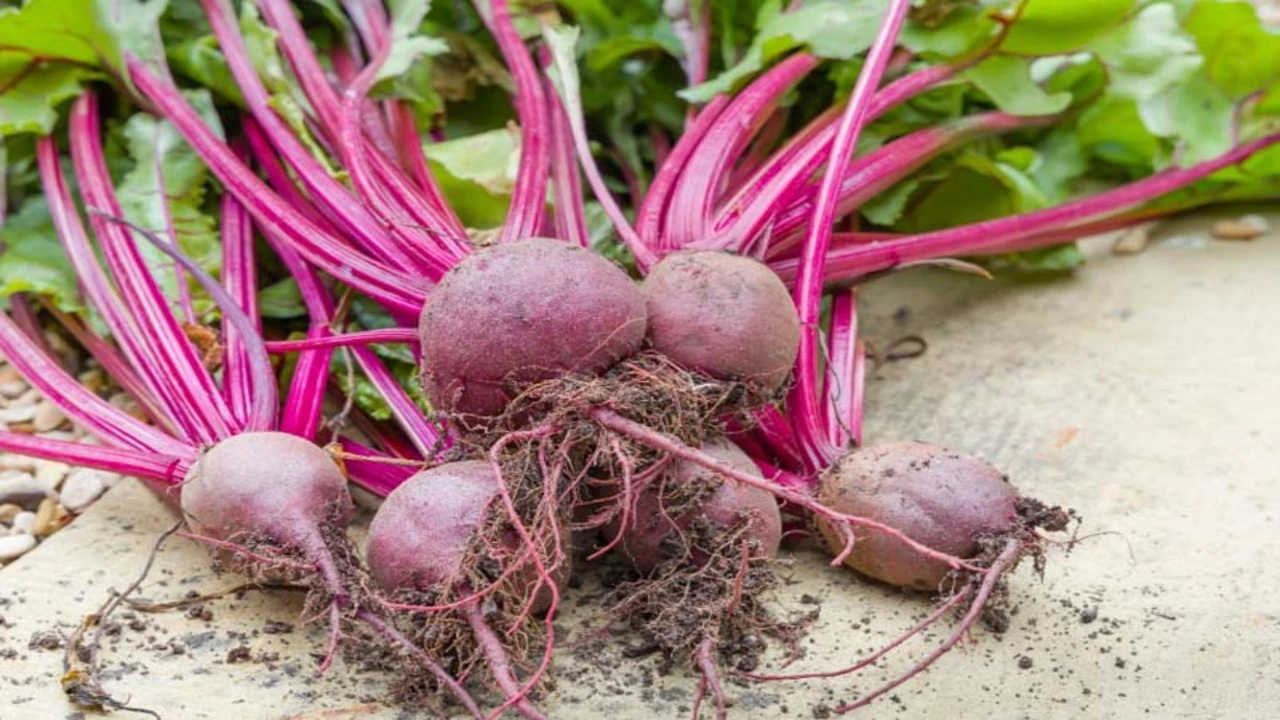
Beets (Beta Vulgaris) are a versatile and nutritious vegetable that can thrive in the fall garden. They are packed with essential vitamins and minerals, including folate, manganese, and potassium. Beets are known for their earthy flavor and vibrant color, making them a popular choice for salads, roasting, or pickling. When planting beets in the fall, it is important to choose a sunny location with well-drained soil.
Sow seeds directly into the ground about 1 inch deep and 2-3 inches apart. Keep the soil consistently moist but not waterlogged to ensure proper germination. With proper care and attention, you can enjoy a bountiful harvest of delicious beets throughout the fall season.
2.Bok Choy (Brassica Rapa)
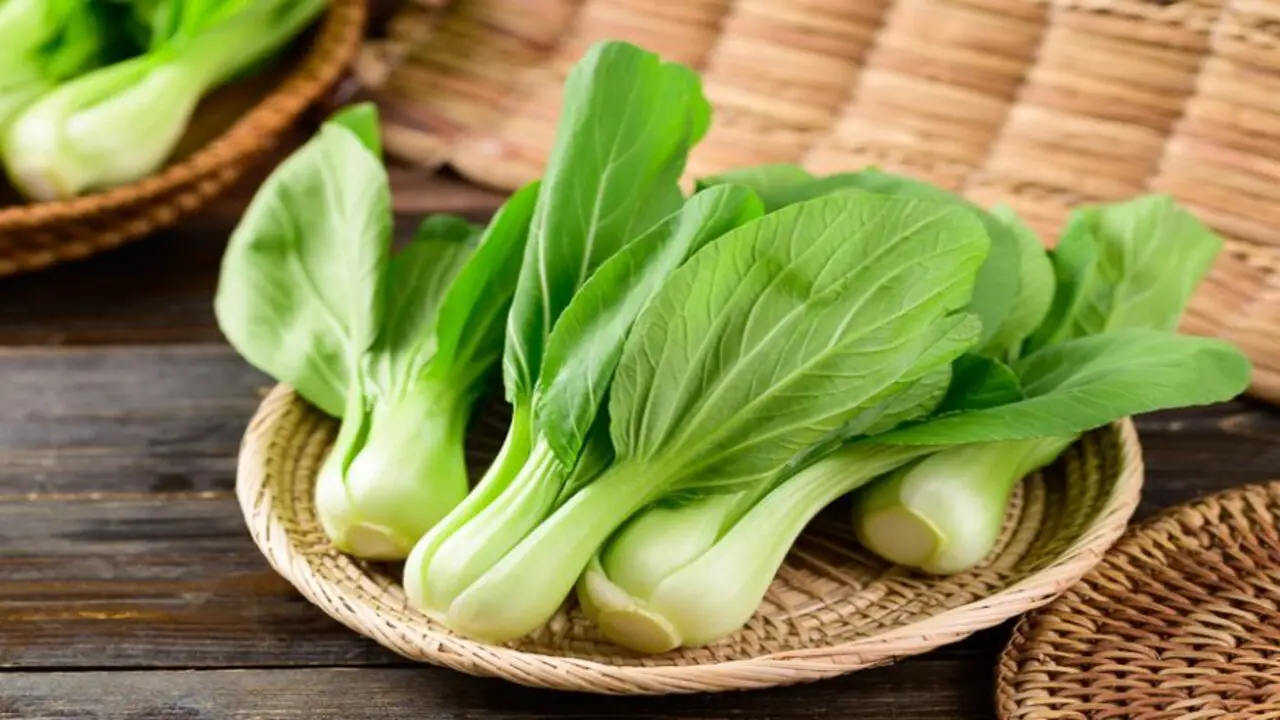
Cultivate the crisp and tender leaves of bok choy in your fall garden. This versatile vegetable can be stir-fried or added to soups, enhancing your dishes with its fresh flavors. With its high nutritional value and unique taste, growing bok choy is a great way to add an Asian twist to your fall garden.
Don’t forget to include bok choy in your list of fall garden vegetables. Whether you’re a seasoned gardener or just starting out, bok choy is a rewarding addition to your vegetable garden.
3.Broccoli (Brassica Oleracea)
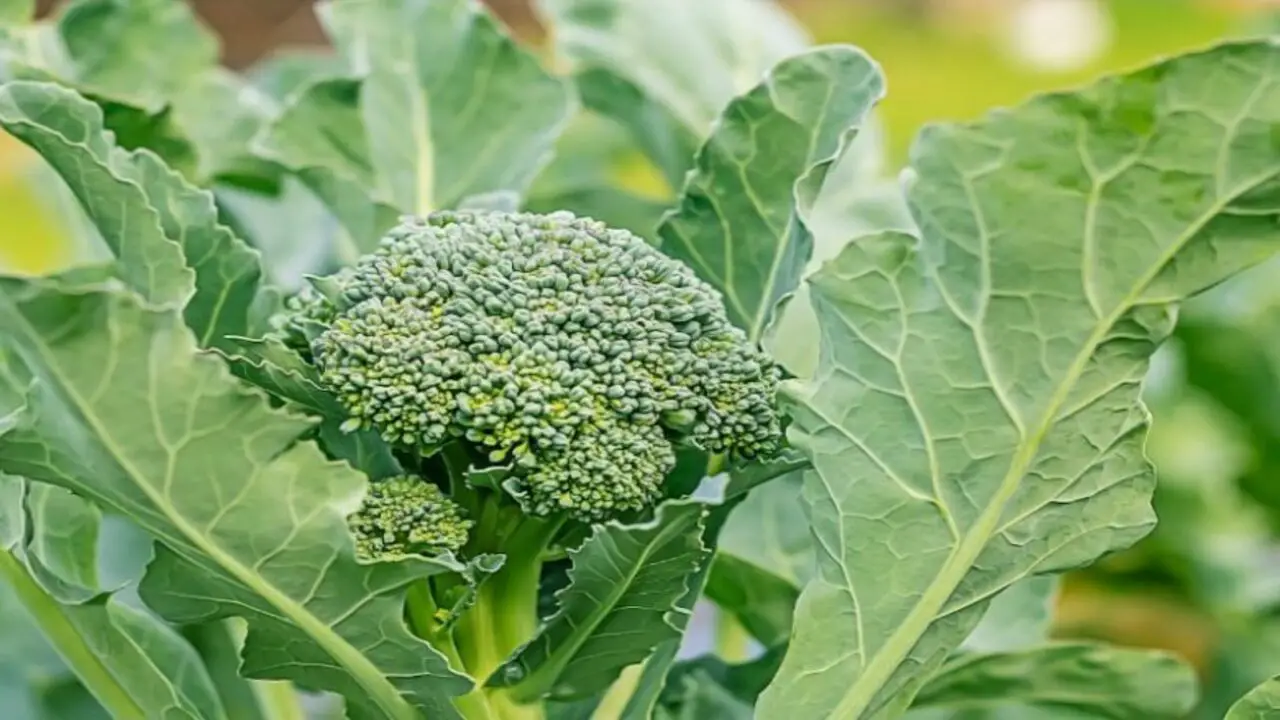
Experience the satisfaction of harvesting your own broccoli in the fall. Broccoli, a cruciferous powerhouse, is a rich source of vitamins and minerals, making it an essential addition to a healthy diet. Growing your own broccoli allows you to add freshness to your fall meals and enjoy the crisp texture and delicious taste of homegrown produce.
As you sow the seeds or transplant seedlings in your vegetable garden, remember that broccoli thrives in cool weather and can withstand early winter frosts.
4.Green Beans (Phaseolus Vulgaris)
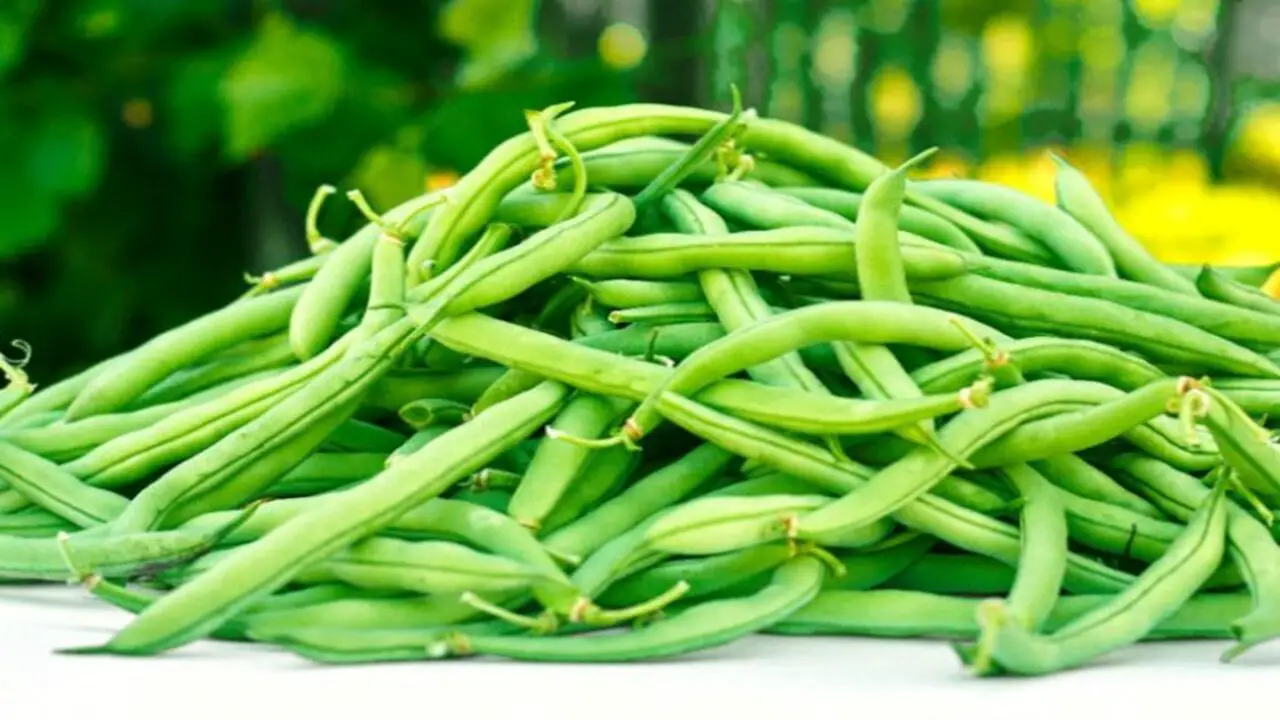
Grow your own green beans for a tasty addition to fall meals. These easy-to-grow vegetables provide a good source of fiber, adding both crunch and nutrition to your plate. Imagine the satisfaction of harvesting fresh green beans from your own garden and savoring their snap and delicious flavor.
Not only will they add color to your fall garden, but they can also be used in a variety of dishes, making them versatile ingredients. Whether you use them in salads, stir-fries, or simply steam them as a side dish, homegrown green beans are sure to enhance your fall culinary experience.
5.Cabbage (Brassica Oleracea)
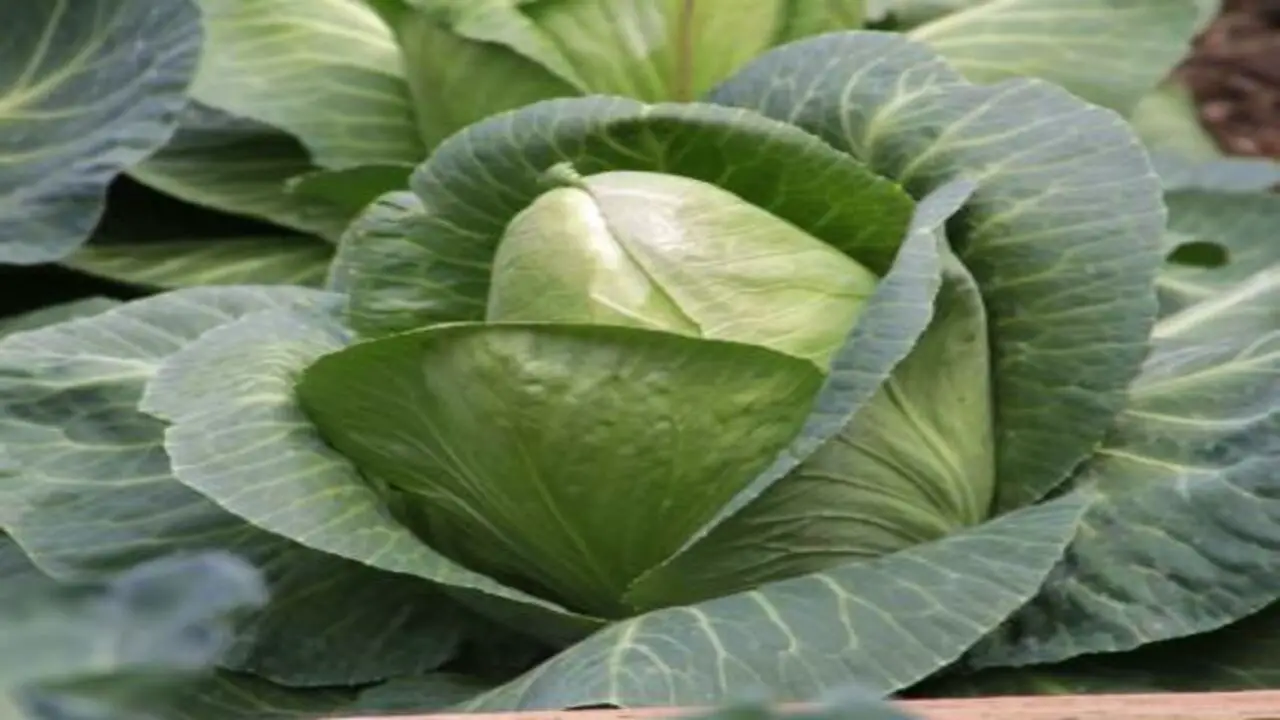
Cultivate cabbage for its crisp texture and unique flavor, making it a delightful addition to coleslaw, stir-fries, and various other dishes. Incorporating cabbage into your fall garden not only adds a versatile vegetable but also brings nutritional benefits. With a long growing season and tolerance to hard frosts, cabbage is a low-maintenance crop that thrives in cool weather.
Harvesting homegrown cabbage allows you to savor the freshness and distinctiveness it brings to your culinary creations.
6.Carrots (Daucus Carota)

Grow your own crunchy and nutritious carrots in your fall garden. These vibrant vegetables are packed with vitamins and make a healthy snack or addition to meals. Bring a touch of sweetness to your garden with the fresh flavors of homegrown carrots. Harvest them at their peak of maturity for the best taste.
Carrots can be stored by freezing or used in a variety of dishes, from soups to stir-fries. With their long growing season and resistance to hard frosts, carrots are a popular choice among gardeners for fall and winter harvests.
7.Cauliflower (Brassica Oleracea)
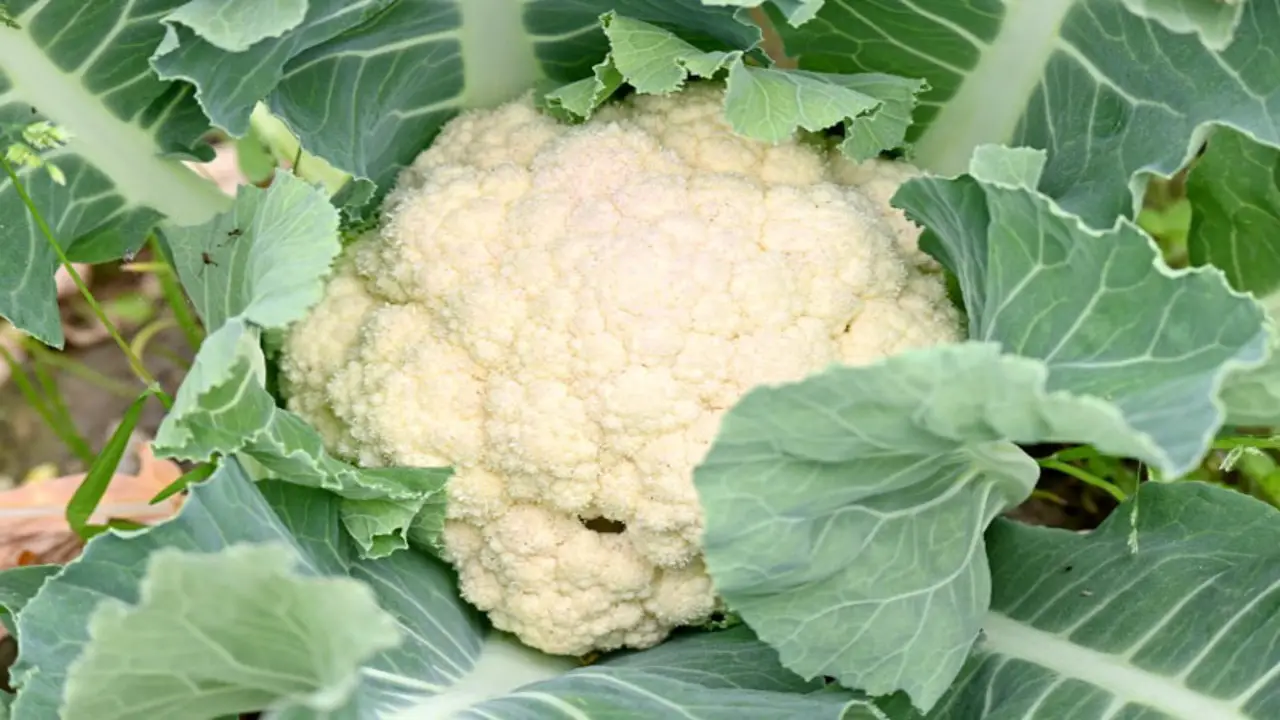
Cultivate cauliflower for its versatile and nutritious florets. Enjoy the mild and slightly nutty flavor of homegrown cauliflower, adding a touch of elegance to your fall garden. Harvest it at its peak for the best taste and texture. Experiment with different varieties for a diverse harvest.
With its softneck varieties, cauliflower has a long growing season, making it an excellent addition to your vegetable garden. Don’t forget to sow cauliflower in mid-summer to ensure a bountiful harvest before the first fall frost. Include cauliflower in your fall garden vegetables and explore its culinary possibilities.
8.Kale (Brassica Oleracea Var. Acephalan)
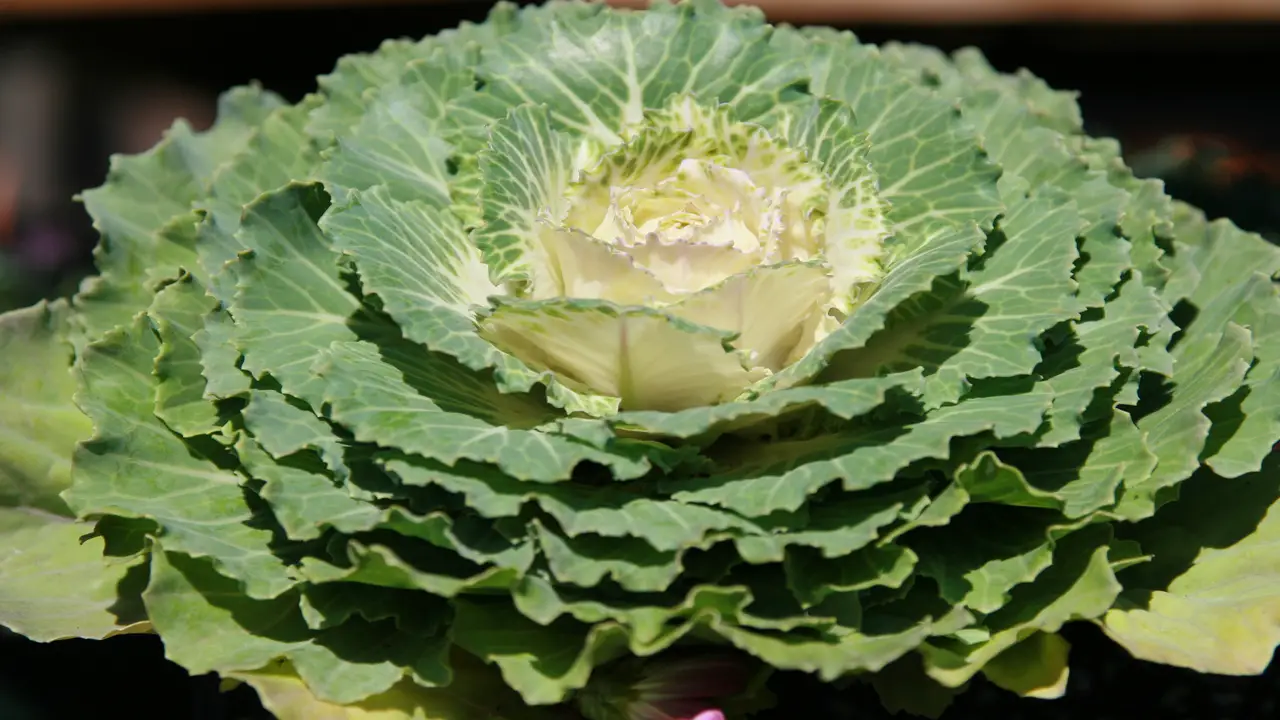
Grow your own kale in your fall garden and enjoy nutrient-packed greens for salads, smoothies, and more. Kale, a hardy and resilient green, thrives during the fall season, adding bursts of color and nutrition to your vegetable garden. Harvesting homegrown kale ensures freshness and a flavorful addition to your meals.
Explore the various types of kale, such as curly kale, dinosaur kale, and red Russian kale, to find your favorite varieties. With its long growing season and resistance to hard frosts, kale is a popular choice among gardeners for their fall and winter gardens.
9.Lettuce (Lactuca Sativa)
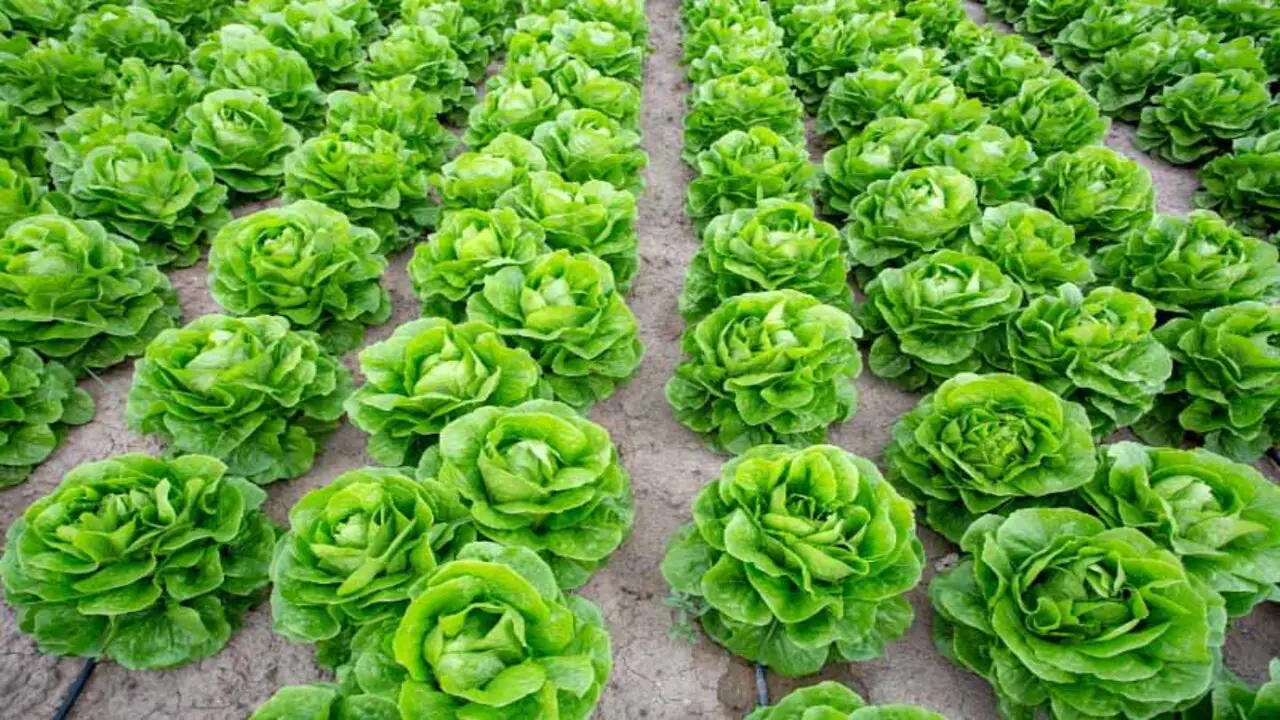
Cultivate an array of crisp and refreshing lettuce varieties, such as romaine, butterhead, and leaf lettuce, to elevate your salads and sandwiches. Lettuce is a beginner-friendly option for your fall garden, providing a continuous harvest throughout the season.
Experience the satisfaction of plucking your own homegrown lettuce, knowing it’s fresher and more flavorful than store-bought alternatives. Enhance the diversity of your salad mix by adding different types of lettuce, each offering its unique texture and flavor profile. With lettuce thriving until the first fall frost, you’ll enjoy a bounty of greens even as other summer crops fade away. Harvest your lettuce just before using it for optimal freshness and taste.
10.Peas (Pisum Sativum)
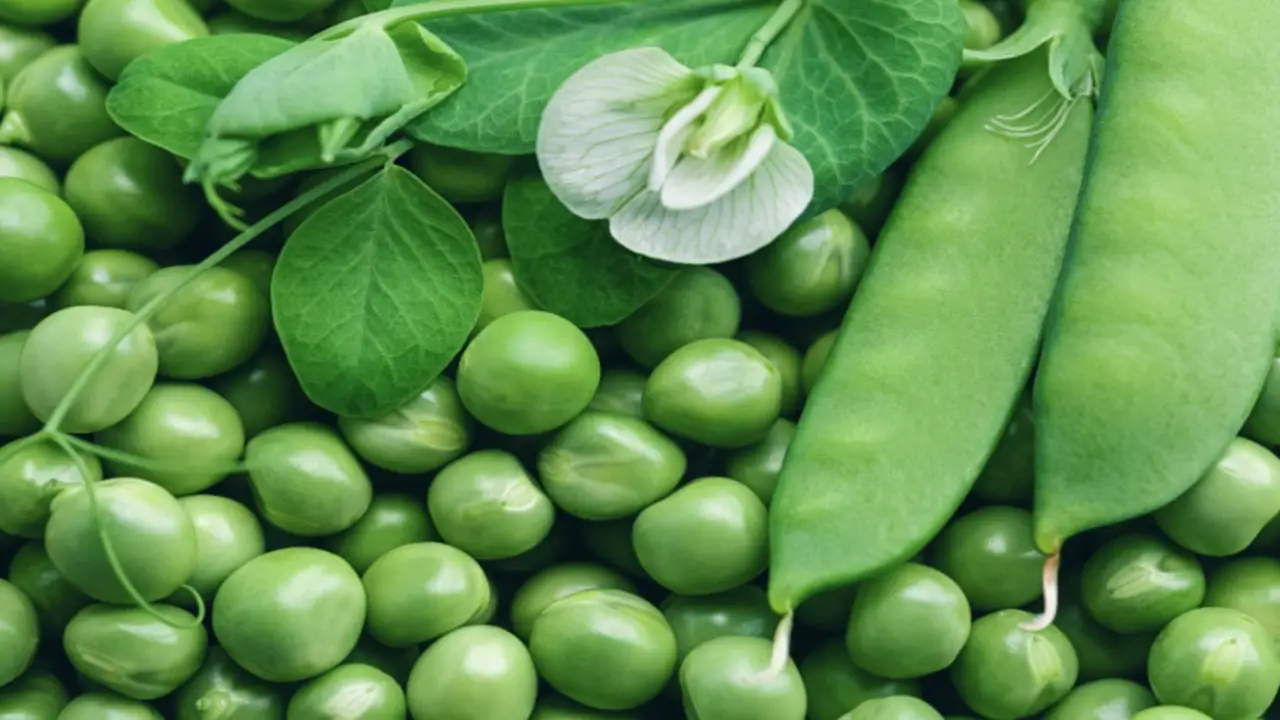
Peas (Pisum sativum) make an excellent addition to your fall garden. With their short maturity time, you can enjoy a delicious harvest in the autumn. These versatile plants thrive in cooler temperatures, making them perfect for the season.
Whether you choose to plant them directly in the ground or start them indoors as seedlings, peas are a great choice for your vegetable garden. Fresh peas can be used in a variety of fall dishes, including soups, stews, and salads, adding a delightful taste to the season. So go ahead and sow some peas for a bountiful and flavorful fall harvest.
Benefits Of Growing Fall Vegetables

Growing fall vegetables can be a rewarding experience that offers several benefits. Here are some key advantages of planting fall vegetables:
- Extended Harvest: By planting fall vegetables, you can extend your growing season and continue to enjoy fresh produce well into the cooler months.
- Less Pest Pressure: Fall is typically a time when many pests and diseases start to decline, meaning you may have fewer issues with insects or plant diseases.
- Cooler Temperatures: Fall vegetables thrive in cooler temperatures, which can result in better-tasting and higher-quality crops.
- Nutrient-Rich Soil: Growing fall vegetables can help improve soil health by adding organic matter and nutrients back into the soil after the summer growing season.
- Cost Savings: Planting fall vegetables can save you money on grocery bills, as you’ll have a bountiful supply of homegrown produce right at your fingertips.
Overall, growing fall vegetables is a great way to make the most of your garden and enjoy fresh, nutritious food throughout the autumn season.
Growing Conditions For Success
In order to successfully grow fall vegetables in your garden, it is important to pay attention to the growing conditions. Fall vegetables thrive in cool weather, so it is important to choose a location that receives full sun and has well-draining soil. It is also important to prepare the soil by adding organic matter and ensuring that it is adequately hydrated.
Additionally, regular watering and fertilizing can help promote healthy growth. Lastly, it is important to monitor for pests and diseases, as they can quickly damage or destroy your fall vegetable crops. By providing the right growing conditions, you can set yourself up for a successful harvest of delicious fall vegetables from your garden.
Conclusion
To sum up, there are a variety of fall vegetables for garden planting with the right care and attention. From root vegetables like carrots and beets to leafy greens like kale and spinach, there are plenty of options for a successful fall harvest.
By considering your climate, soil quality, and proper planting techniques, you can ensure a bountiful and diverse crop in the autumn months.
Now is the time to start planning and preparing for your fall garden, so don’t hesitate to try out some of these recommended vegetables and see what grows well in your own personal garden. With proper care and attention, your fall garden can yield a bountiful harvest of fresh and nutritious vegetables.
Frequently Asked Questions
1.What Veggies Can Be Planted In August?
Ans: In August, you can plant a variety of vegetables depending on your location. Some options include spinach, lettuce, radishes, and kale. For a fall harvest, consider planting carrots, beets, and turnips. Choose varieties with shorter maturity times for success before the first frost. In cooler areas, use row covers or protective measures.
2.What Vegetables Can You Plant Late Summer Early Fall?
Ans: Vegetables that thrive when planted in late summer/early fall include broccoli, cauliflower, kale, lettuce, and spinach. Root vegetables like carrots, turnips, and beets also do well during this time. Opt for varieties with shorter maturity periods and cold-tolerant characteristics, considering your area’s climate and temperature.
3.What Can You Plant In The Fall In A Garden?
Ans: Ideal fall planting includes vegetables that thrive in cooler temperatures. Consider broccoli, carrots, kale, lettuce, and spinach. Opt for varieties with shorter maturity times to ensure proper growth before winter. Protect your plants from frost using row covers or cold frames.
4.Is It Too Late To Plant Fall Vegetables September?
Ans: It depends on your location and the specific vegetables. While some fall vegetables like spinach, lettuce, and radishes can still be planted in September, others like broccoli and cauliflower may have passed their planting window. Check with your local gardening centre for specific timelines in your area.
5.Are You Unsure Of Which Crops To Start Seeding In The Month Of August?
Ans: Consider planting beets, carrots, lettuce, spinach, and radishes in August. Choose varieties with short maturity times to ensure they mature before the first frost. Keep the soil consistently moist during germination and protect crops from unexpected drops in temperature.

